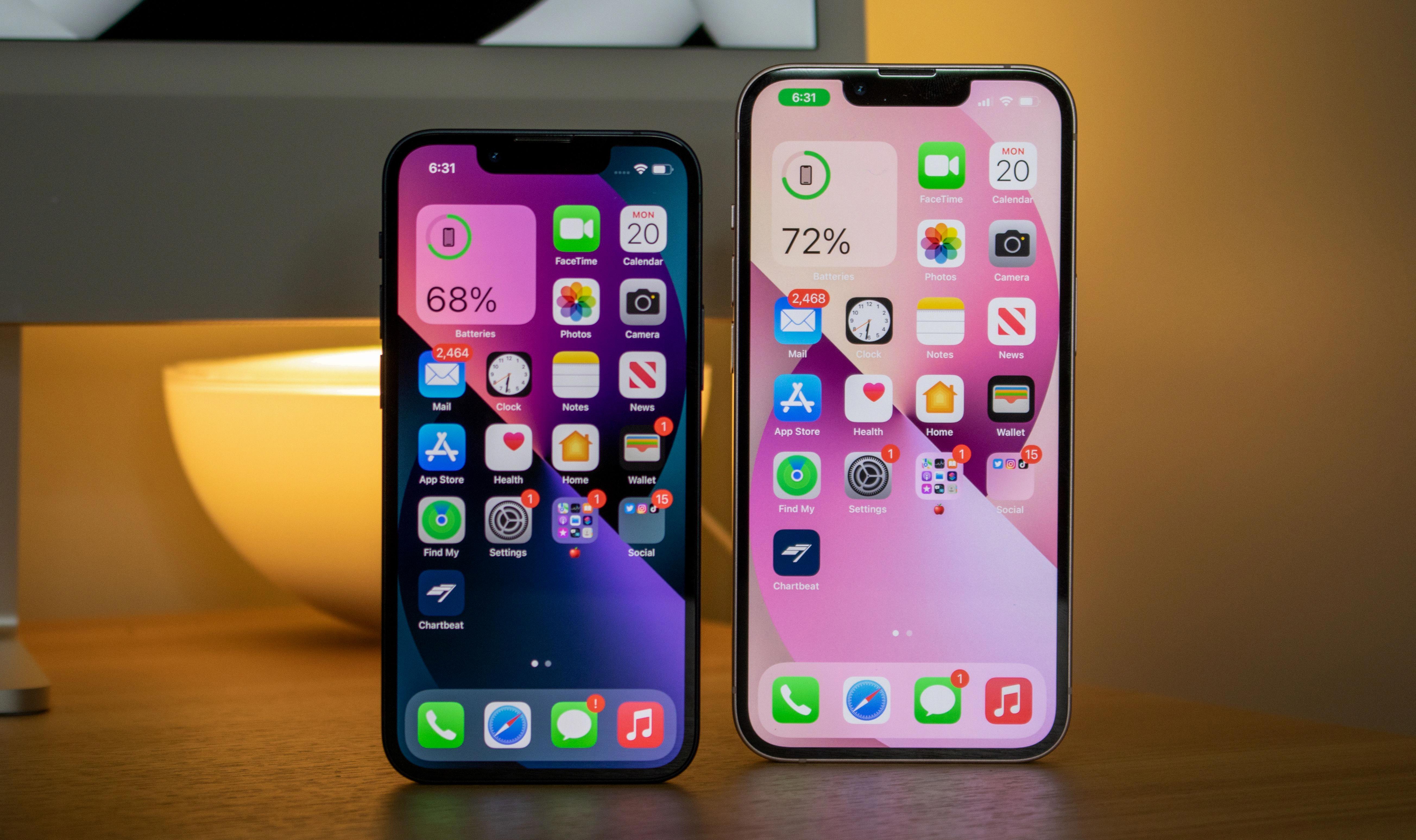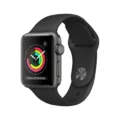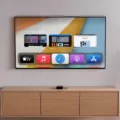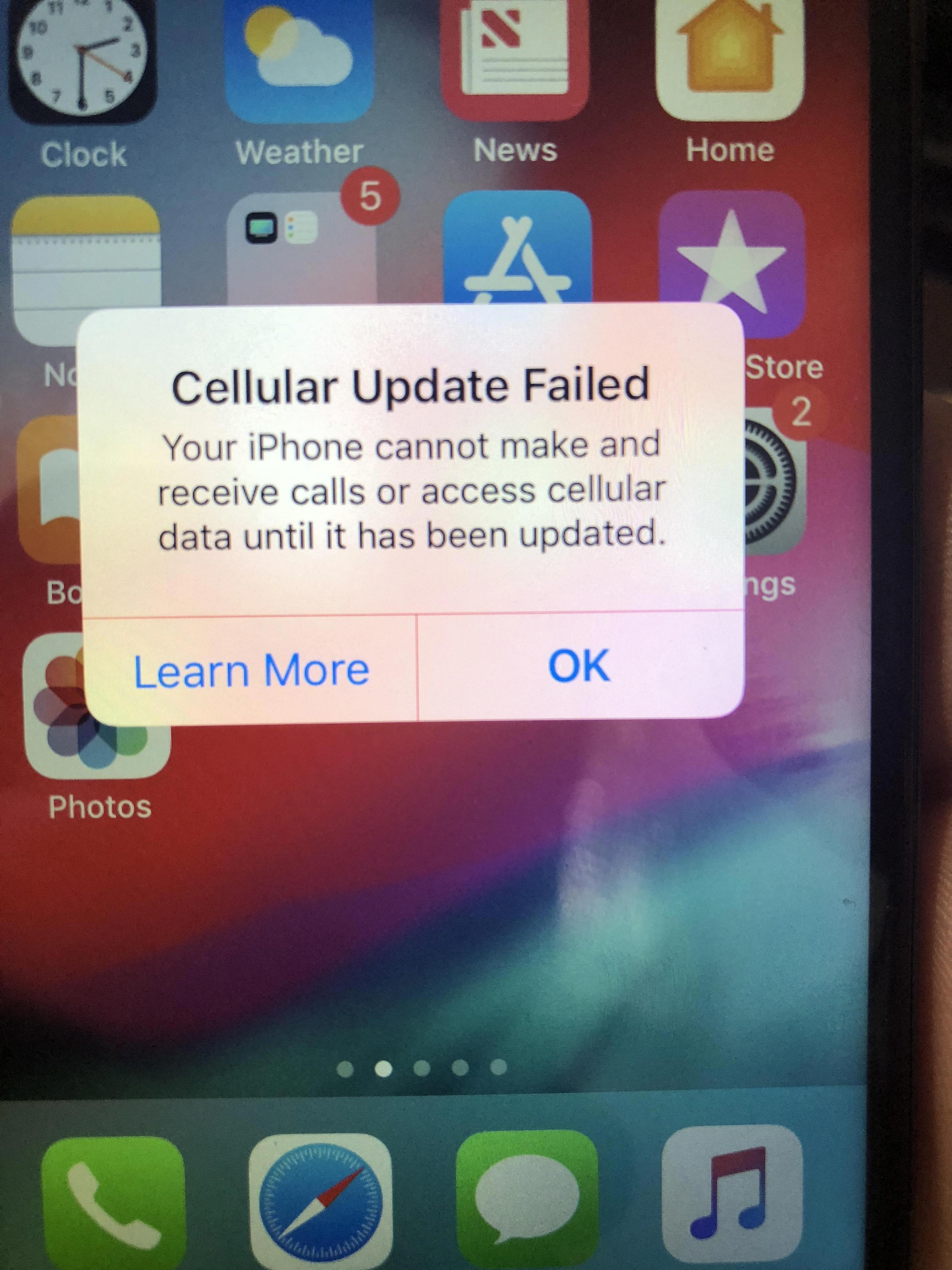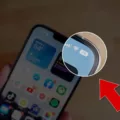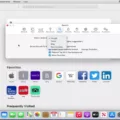Android phones with barometers have become increasingly common in recent years. These barometer sensors are integrated into the phone’s hardware and allow for the measurement of atmospheric pressure. While this feature may not seem important at first glance, it actually has a variety of practical applications.
One of the main uses of the barometer sensor in an Android phone is for weather forecasting. By measuring changes in atmospheric pressure, the phone can provide more accurate and localized weather information. This can be particularly useful for outdoor enthusiasts, hikers, and those who rely on weather updates for their daily activities.
Additionally, barometer sensors can be used to measure altitude. By detecting changes in pressure as you move up or down in elevation, the phone can provide an estimate of your current altitude. This can be handy for hikers, climbers, and pilots who need to know their height above sea level.
Another interesting application of the barometer sensor is in health and fitness tracking. Some fitness apps utilize the barometer to measure changes in elevation during activities such as running or hiking. This allows for more accurate tracking of calories burned and distance covered.
Furthermore, barometer sensors can also be used in navigation and mapping applications. By combining barometric pressure data with GPS information, the phone can provide more accurate positioning and navigation assistance, especially in areas with poor GPS signal.
It’s worth noting that while barometer sensors in Android phones are generally quite accurate, they may not be as precise as dedicated barometers used in scientific or professional settings. However, for everyday use and casual measurements, they provide a convenient and reliable option.
Do Android Phones Have a Barometer?
Android phones do have barometers. A barometer is a sensor that measures atmospheric pressure. It is commonly found in modern smartphones, including Android devices. The purpose of the barometer sensor is to provide information about changes in atmospheric pressure, which can be used for various applications and features on the phone.
Barometers in Android phones are used for a variety of purposes, including:
1. Weather Forecasting: The barometer sensor helps in providing more accurate weather information by measuring changes in atmospheric pressure. This data can be used by weather apps to predict weather conditions and provide localized forecasts.
2. Elevation and Altitude Tracking: Barometers can also be used to estimate the elevation or altitude of the device. By measuring changes in atmospheric pressure, the barometer sensor can calculate the device’s height above sea level. This information is useful for apps that track elevation during activities like hiking, mountaineering, or workout sessions.
3. Indoor Navigation: The barometer sensor can assist in indoor navigation by detecting changes in atmospheric pressure. It can help in determining the floor level of a building or provide information for indoor positioning systems. This feature is particularly useful in large shopping malls, airports, or other complex indoor environments.
4. Enhanced GPS Accuracy: Some Android phones use barometer data in combination with GPS to improve location accuracy. By incorporating information about changes in atmospheric pressure, the phone can provide more precise location data, especially in areas with weak GPS signals or obstructed views of the sky.
It is important to note that not all Android phones have barometers, as it depends on the specific hardware and model. However, many flagship and high-end Android devices are equipped with barometer sensors, offering these additional functionalities.
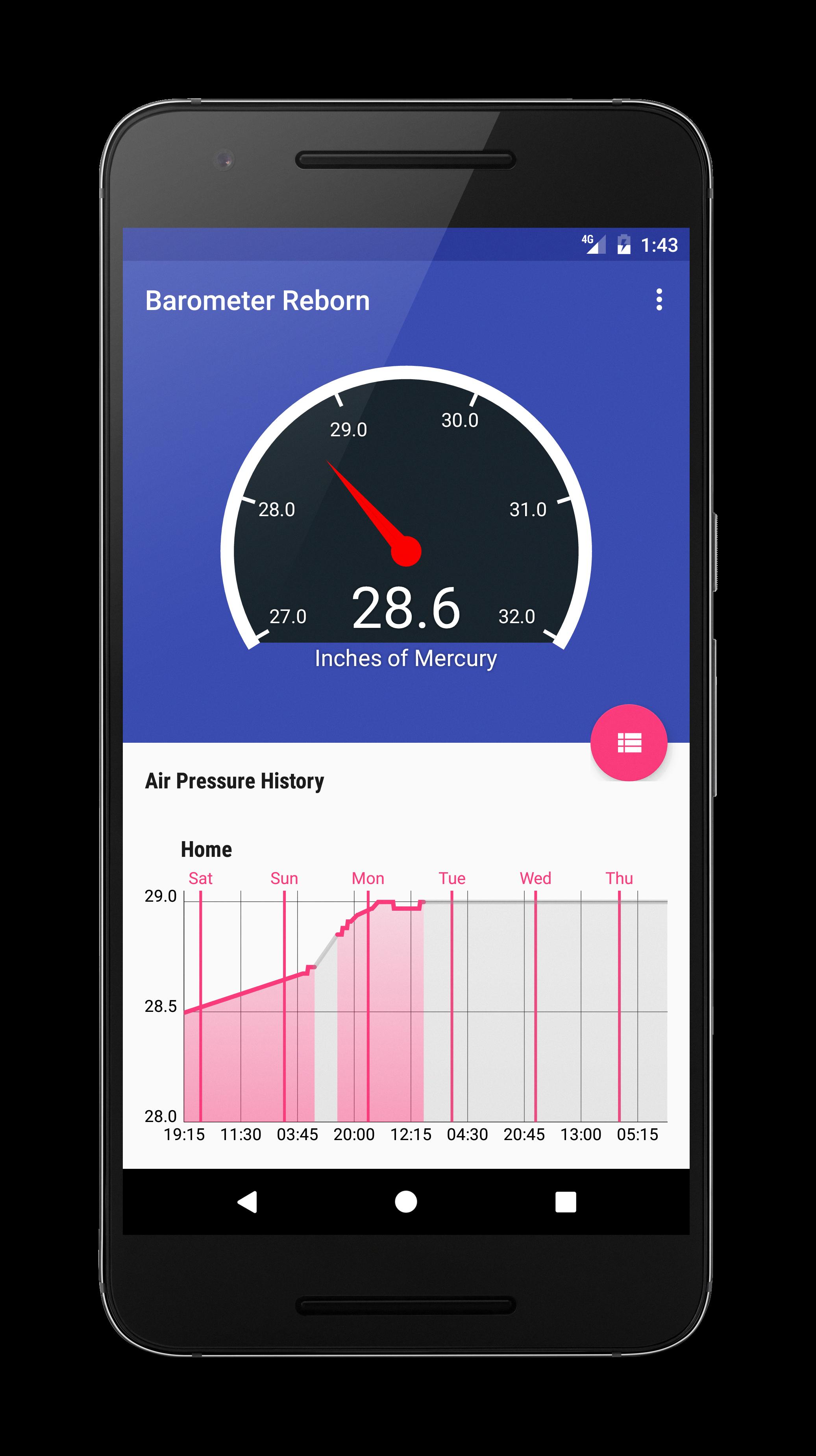
What Phones Have a Pressure Sensor?
There are several phones that feature a pressure sensor, which allows for more precise measurements and enhanced functionality. Some of these phones include:
1. Samsung Galaxy Note 8: The Note 8 is equipped with a pressure sensor, which enables features like the S Pen’s pressure sensitivity. This allows for more accurate handwriting recognition and drawing capabilities.
2. Samsung Galaxy S8: The S8 also includes a pressure sensor, providing similar functionality as the Note 8. This feature enhances the user experience by allowing for more precise interactions with the device.
3. Samsung Galaxy S9: The S9 continues the trend of including a pressure sensor, offering improved sensitivity and responsiveness. This feature can be particularly useful for tasks that require precise touch input, such as drawing or gaming.
It’s important to note that while these Samsung phones have a pressure sensor, not all smartphones on the market have this feature. Therefore, if the presence of a pressure sensor is a priority for you, it’s recommended to check the specifications of the specific phone you are interested in before making a purchase.
How Accurate Are Phone Barometers?
Phone barometers have high precision, meaning they can measure pressure with great sensitivity. However, their absolute accuracy is relatively lower compared to table-top barometers. Absolute accuracy refers to how closely the measured pressure matches the actual pressure.
While phone barometers may not be as accurate in measuring absolute pressure, their relative pressure accuracy is still quite good. Relative pressure accuracy refers to the ability to measure changes in pressure accurately. Research has shown that the relative pressure accuracy of phone barometers can be as low as ± 1.2 Pa, with most average mobile devices having a resolution of ± 12 Pa.
To put it in simpler terms, phone barometers may not be the best at providing precise measurements of the actual pressure, but they are still capable of accurately detecting changes in pressure. This can be useful for various applications such as weather forecasting, altitude tracking, and even indoor navigation systems.
Phone barometers have high precision but relatively lower absolute accuracy compared to table-top barometers. Their relative pressure accuracy is shown to be as low as ± 1.2 Pa, with average mobile devices having a resolution of ± 12 Pa.
Does Pixel Have a Barometer?
The Pixel 6 does have a barometer. The barometer sensor in the Pixel 6 measures atmospheric pressure. This feature can be useful for a variety of purposes, including weather forecasting, altitude tracking, and even predicting changes in the local environment. While there are several apps available that make use of a barometer sensor, it’s important to note that the Pixel 6 does not come preloaded with a dedicated barometer app. However, you can easily find third-party apps on the Google Play Store that utilize the barometer sensor to provide you with air pressure readings and other related information. Simply search for “barometer” in the Play Store and you should find a range of options to choose from.
Conclusion
Modern Android smartphones equipped with barometer sensors offer a range of potential applications and functionalities. These sensors, while not as accurate as table-top barometers in measuring absolute pressure, provide a high level of precision in measuring relative pressure. This makes them suitable for various tasks such as altitude tracking, weather forecasting, and even health monitoring.
With the barometer sensor, users can access real-time air pressure readings without relying on data, location, or weather apps. This can be particularly useful for outdoor enthusiasts, hikers, and mountaineers who need to accurately monitor changes in atmospheric pressure for safety and navigation purposes.
Additionally, the integration of barometers in smartphones opens up possibilities for innovative app development. For example, apps that provide personalized recommendations based on air pressure changes, such as suggesting outdoor activities or reminding users to adjust their tire pressure. It could also be used in scientific research and data collection, contributing to a better understanding of weather patterns and climate change.
As technology advances, we can expect further improvements in the accuracy and capabilities of barometer sensors in Android smartphones. This will undoubtedly lead to even more exciting and practical applications in the future.






